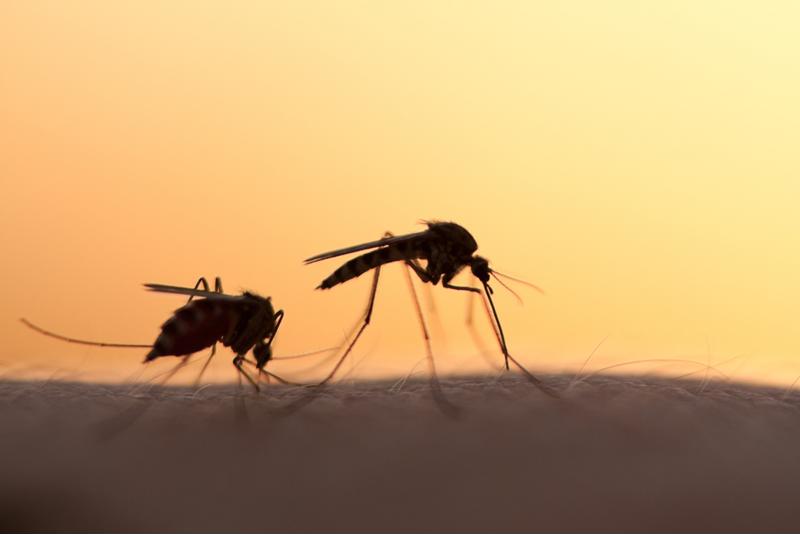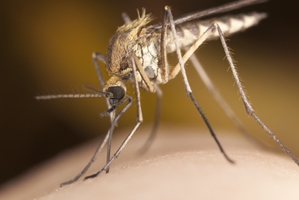Any healthcare professional understands the importance of staying on top of current epidemics. After all, remaining knowledgeable allows you to better assess and treat patients experiencing these diseases. This is especially important for those in travel nursing, as they not only serve on the front lines of medical intervention, but they also educate and console concerned patients.
Currently, the Zika virus poses a serious risk to the American population, particularly to pregnant women. As a travel nurse, you might take assignments in areas impacted by this disease, or it could quickly spread to where you’re working. Here is what you need to know to about the Zika virus:
“There is no current vaccine or treatment for Zika.”
A growing threat
While you may have first heard about Zika within just the last few months, the virus isn’t entirely new. According to the World Health Organization, the infection’s roots spread back to 1947, when researchers discovered it among rhesus monkeys in Uganda’s Zika forest. In 1952, scientists detected the first human cases.
Even though the virus affected many people in India, Malaysia, Pakistan and Indonesia from 1969-1983, it went underreported and misdiagnosed. Because of this, it wasn’t until 2007 when doctors accurately identified Zika that the medical field registered it as a threat. From there, thousands of cases have been reported in Brazil, and the prevalence of Zika only continues to grow.
The scare became even more real for American healthcare workers when two Texas residents was infected with Zika in February 2016. While traveling in the Bolivarian Republic of Venezuela, one patient contracted the disease then sexually transmitted to another individual upon returning to Texas
According to the U.S. Centers for Disease Control and Prevention, as of July 20, 2016, 1,403 cases of Zika in the states were brought about by traveling. Those numbers look vastly different when considering U.S. territories. Areas such as the Virgin Islands, Puerto Rico and America Samoa have seen 3,815 locally acquired cases, with 12 brought on by travel.
Researchers expect the prevalence of this virus to increase. The BBC reported that the WHO predicted as many as four million cases of Zika will appear in the Americas by the end of 2016.
Zika basics
There is no current vaccine or treatment for Zika, so as the threat of virus grows, so does people’s innate fear. As the CDC explained, Zika spreads by mosquitos or can be sexually transmitted, though the former route is the likelier of the two. Those who actually display symptoms (many patients are asymptomatic) may experience fever, joint and muscle pain, headaches, conjunctivitis, rash and vomiting, according to Medical News Today.
Perhaps most concerning is that Zika can pass from a mother to the fetus and result in a serious birth defect called microcephaly. This condition occurs as a result of incomplete brain development in the fetus, and the infant is born with a smaller-than-average head circumference. Complications include anything from seizures and hyperactivity to facial distortion and dwarfism.
Understandably, many women are fearful of contracting this virus and passing it along to the fetus. As a travel nurse, you can provide up-to-date information on how pregnant patients can prevent the Zika virus.
 Zika can be transmitted through mosquito bites.
Zika can be transmitted through mosquito bites.Applying Zika knowledge in practice
While you should encourage all pregnant women to practice caution, it is important to put even more emphasis on prevention when taking assignments in higher risk areas. Because folks bring Zika to the U.S. after traveling, geographic locations that serve as transportation hubs pay present a greater danger. The same concept applies to geographic locations with higher infestations of these insects.
As the CDC highlighted, Florida and New York had the highest prevalence of Zika, with 270 and 345 cases respectively. Considering Florida is a frequented vacation spot and New York serves as an international gateway, those taking travel nursing assignments in these states may benefit from practicing an abundance of caution.
For one, ask your patients about their recent travel, and advise that they avoid locations where the Zika virus is present, like Brazil or Puerto Rico. If they have been abroad to these high-risk places, follow the medical facility’s policy for monitoring. The American Nurses Association advised hospitals do a test for Zika between two and 12 weeks after the patient returns from traveling.
Additionally, while visiting locales with high transmission of Zika is ill advised, staying in America poses its own threats. Since mosquito bites are the most common way Zika spreads, educate patients on how they can avoid the bugs entirely. This is especially important where Aedes mosquitoes are most abundant. According to the CDC. they are particularly prevalent in the southern portion of the U.S., stretching from coast to coast and as far north on the Eastern Seaboard as New Hampshire.
Soon-to-be moms can protect themselves and the fetus by using bug repellent, which researchers have deemed safe during pregnancy. The Environmental Working Group advised that women aiming to prevent Zika use a product with 20 percent concentration of Picaridin, IR3535 or DEET. Simply tell your patients to read the label before making purchase. Long sleeves and pants can also protect women from bug bites.
 Serve as an educational resource for pregnant patients.
Serve as an educational resource for pregnant patients.The unique role of the travel nurse
During your travel nursing assignments, Zika prevention will likely serve as the main topic of focus when consulting with patients. Always demonstrate compassion and understanding when speaking with future moms about the virus – they are scared and need your help to protect their babies. As a travel nurse, you have a unique opportunity to quell patient fears and ensure they experience a healthy pregnancy.

